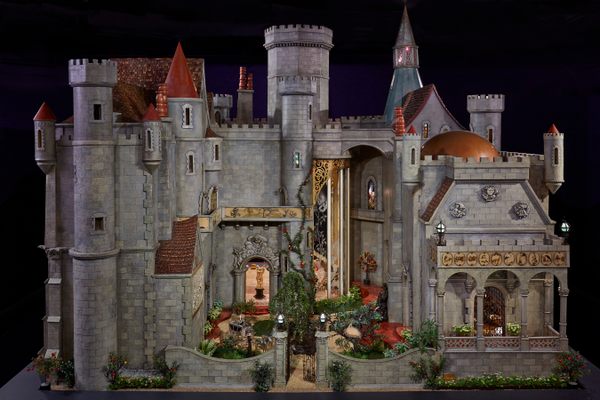
See Europe’s Ruined Medieval Castles Come Back to Life
Seven virtual reconstructions offer a glimpse at the fortified past.
The past is often a refuge from the present. Whether it’s where you were two weeks ago or 10 years ago, there’s a certain security that comes from the certainty of then.
Perhaps that’s why a team of designers recently looked at the now-ruined castles of Middle Ages Europe, lifting the fortifications up from their dilapidated states and digitally reimagining the structures as they were in their heyday.
Though a semblance of their former glory remains, today, whether through combative slights or mere neglect, once-fortified sites from Ireland to Romania have degraded. The ruins sit on hilltops and abut cliffs—whatever best gave them dominion over the surrounding lands. They were the homes of rulers and landed elites, replete with turrets, towers, parapets, and—of course—very burly walls.
Now you can envision how these once-great fortresses may have looked in their heyday, before the ravages of time took hold. Seven European castles were virtually rebuilt, restoring them from their keeps to their baileys. Architects pored over old paintings, blueprints, and other research documents that describe the strongholds, then offered their opinions to the NeoMam Studios design team, which digitally revived the structures from the ground up.
From a northern French fortification built by Richard I of England to a castle once occupied by Vlad the Impaler, these buildings are reconstructed in a way that inspires you to think about how they once stood—seemingly permanent sentinels over their kingdoms, resolute even in the face of time itself.




















































Follow us on Twitter to get the latest on the world's hidden wonders.
Like us on Facebook to get the latest on the world's hidden wonders.
Follow us on Twitter Like us on Facebook